Any interest in finely milled, high quality carbon fiber?
In 3.5oz/100g packages?
In 3.5oz/100g packages?
Last edited:

I am not interested in powder personally. Now if it were chopped 1/16" to 1/4" I would interested.
I believe Mark's comment, which was just passed over, was in regards to the fibers being too small to make a difference in bonding. As I understand it from a previous thread if the chopped fibers are too small then they will not provide any appreciable benefit, strength.
Does anyone know what "too small" or the "right size" is?








That's funny you mention it, as I recently began using single tows of CF for things like strengthening seams.
My understanding is the strength in any cloth is in the direction of the fiber. Think of the lines of CF as the grain of wood. If using uni-directional cloth on a rocket, for the tube it would go lengthwise. For fins, doing tip to tip perpendicular to the body tube to reduce fin flutter.
I can't say that what you are doing is not helping, but ideally you would span the joint with a bunch of shorter threads.


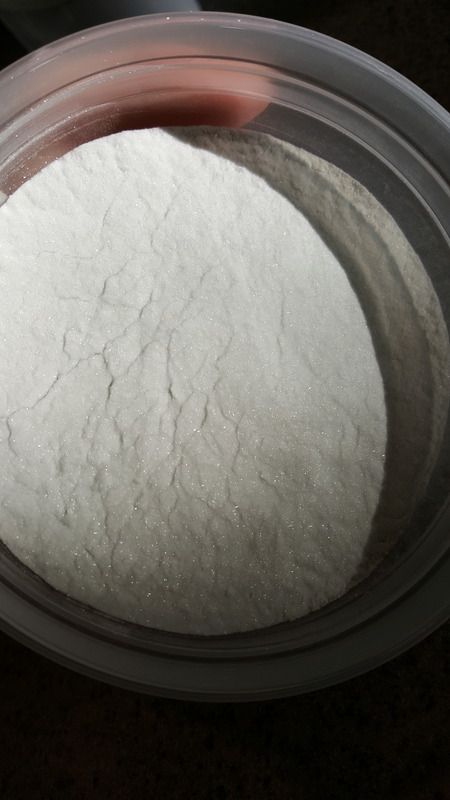
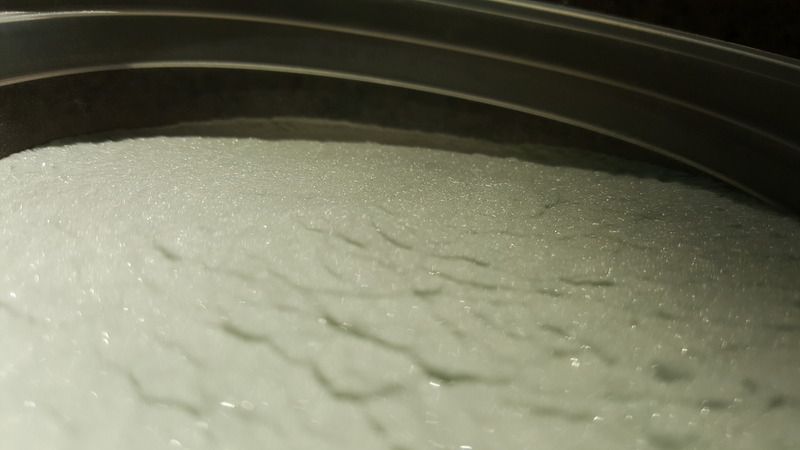
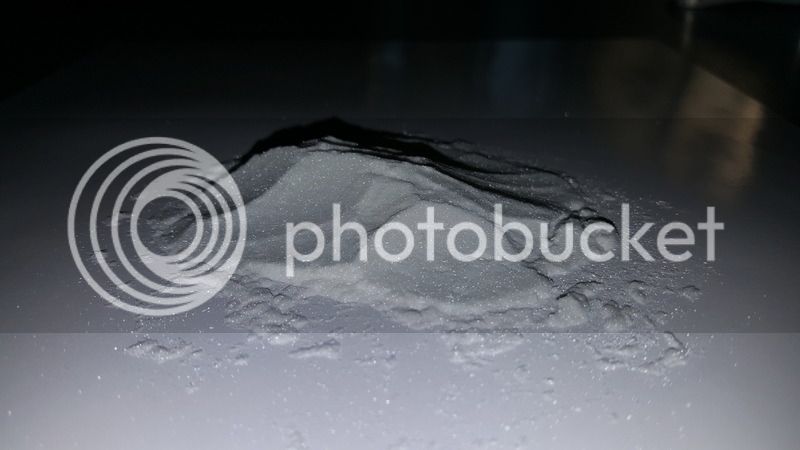
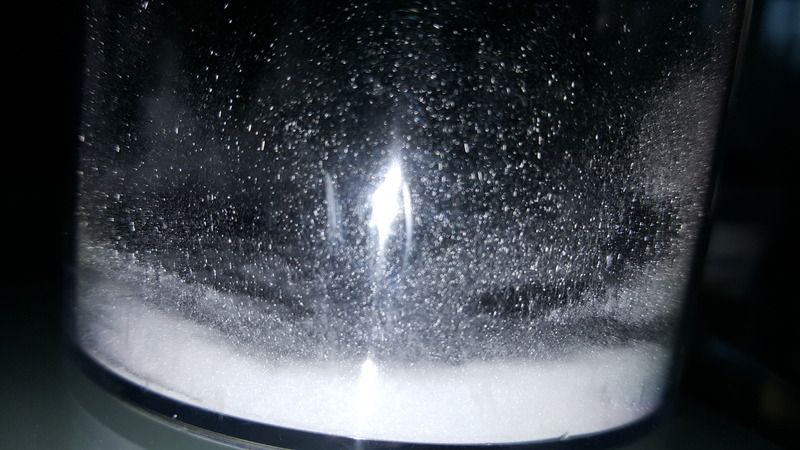
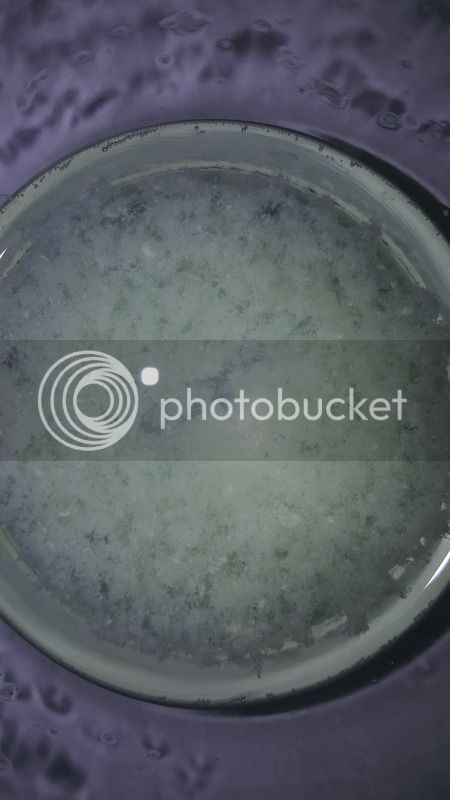
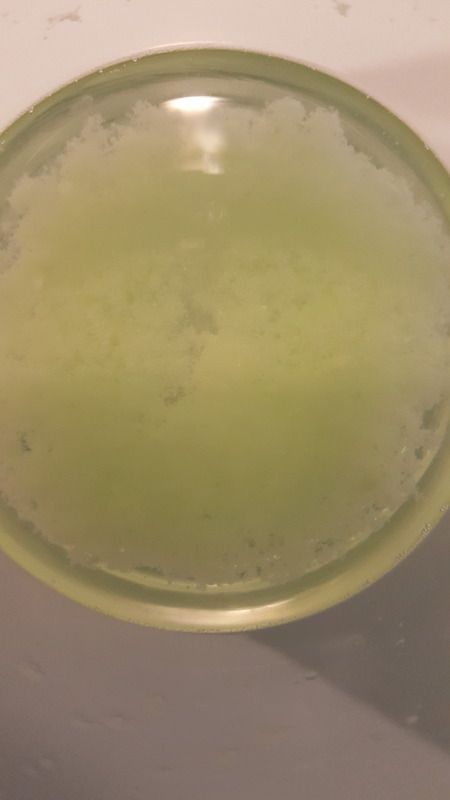
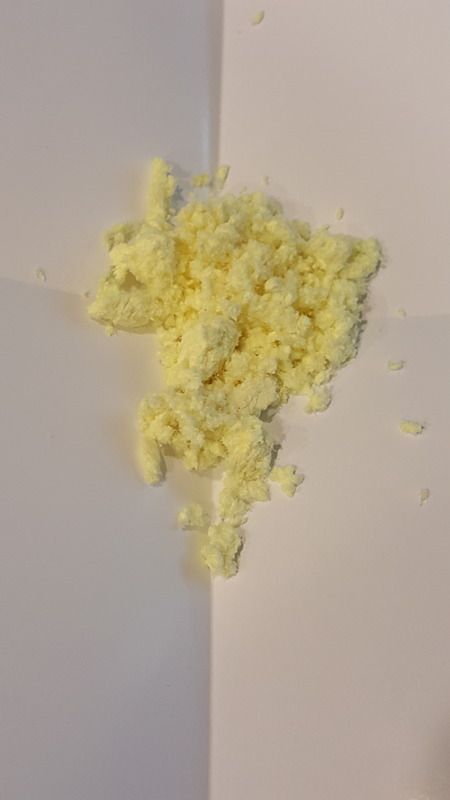
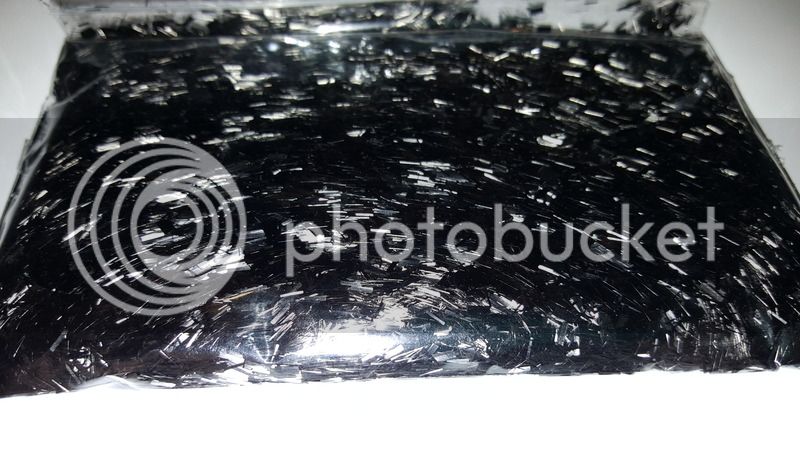
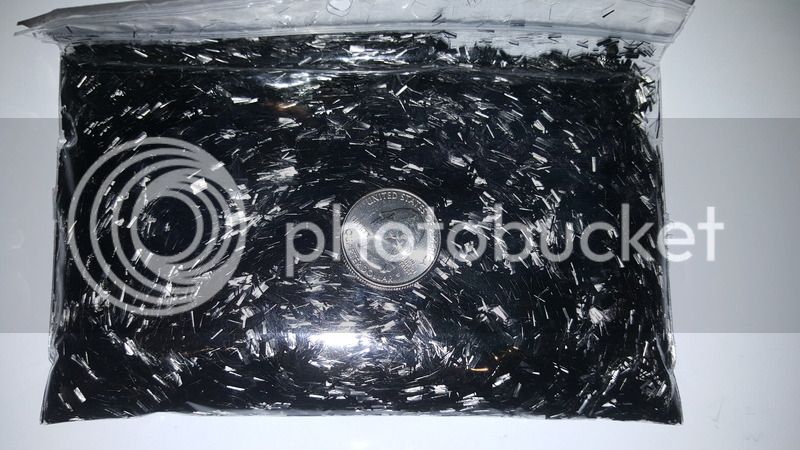
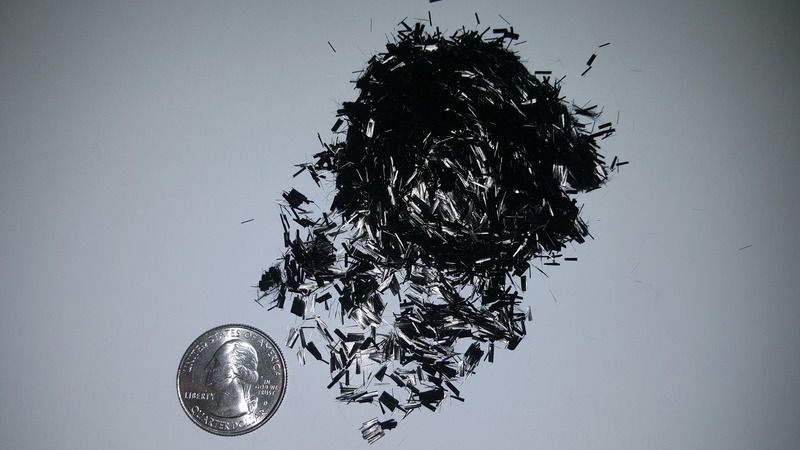
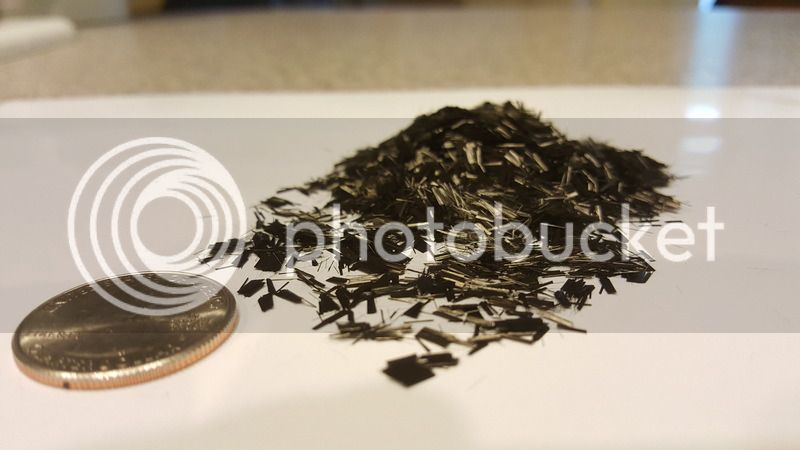
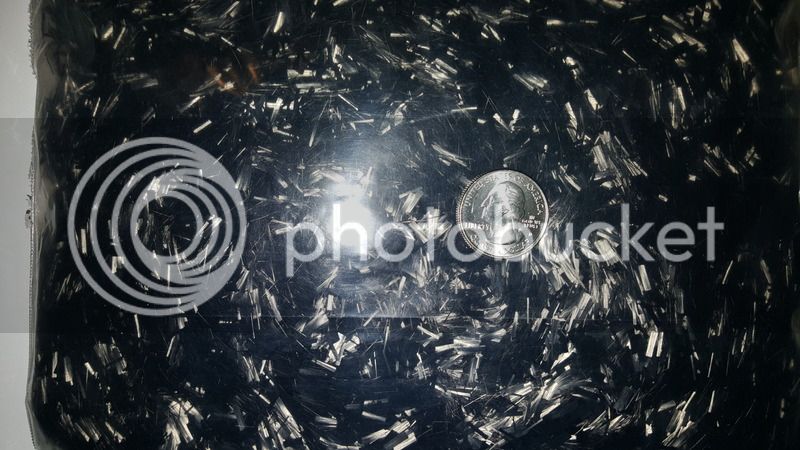
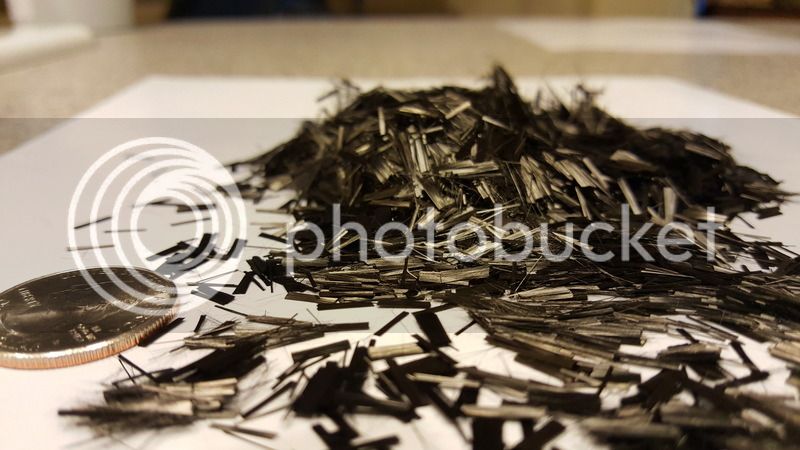
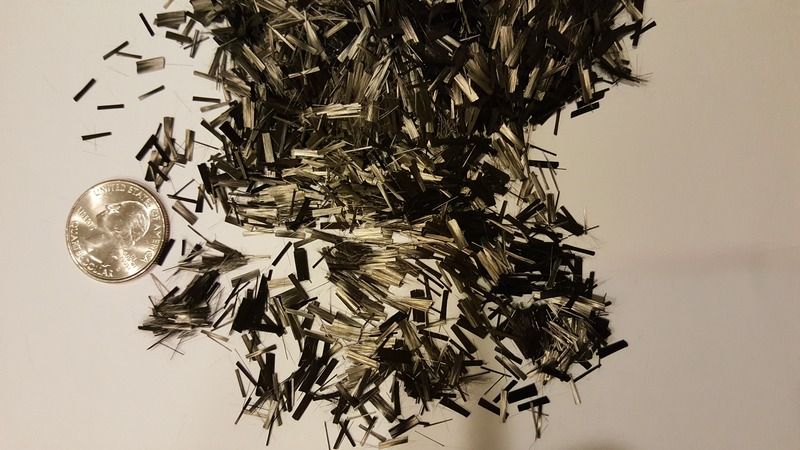
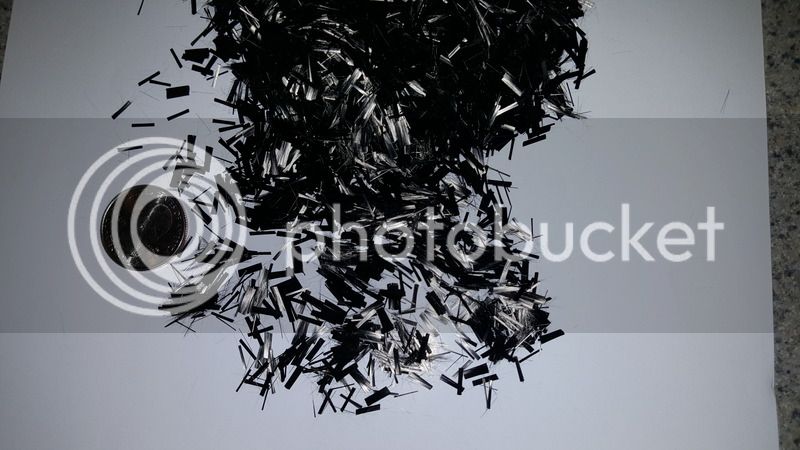
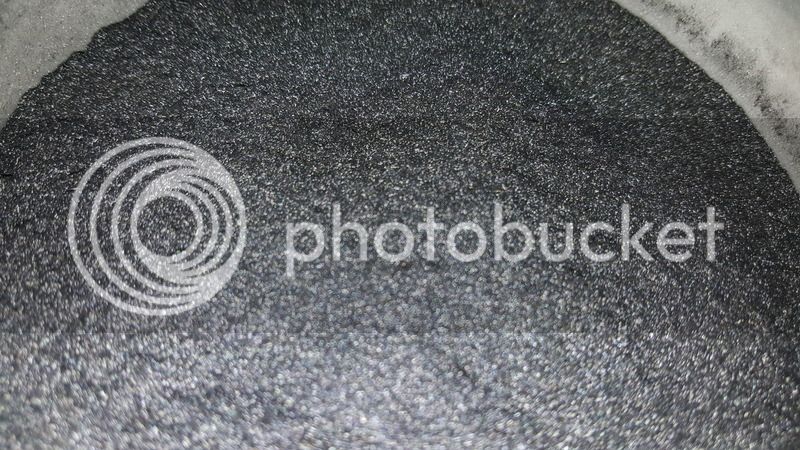
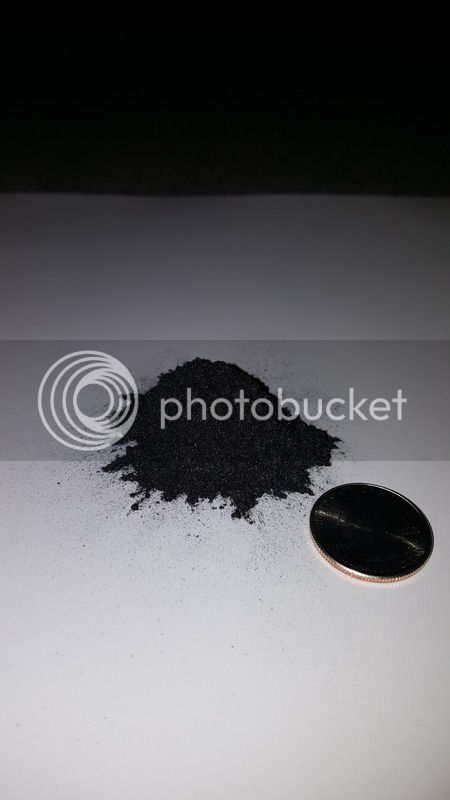
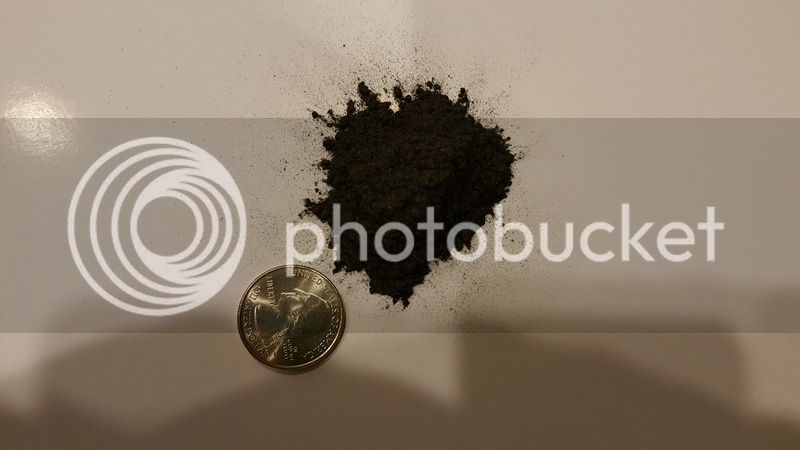
Also looking at making custom carbon plate and kevlar plates with different epoxies...is there a need for custom plate or a more cost effective, controlled sheets?
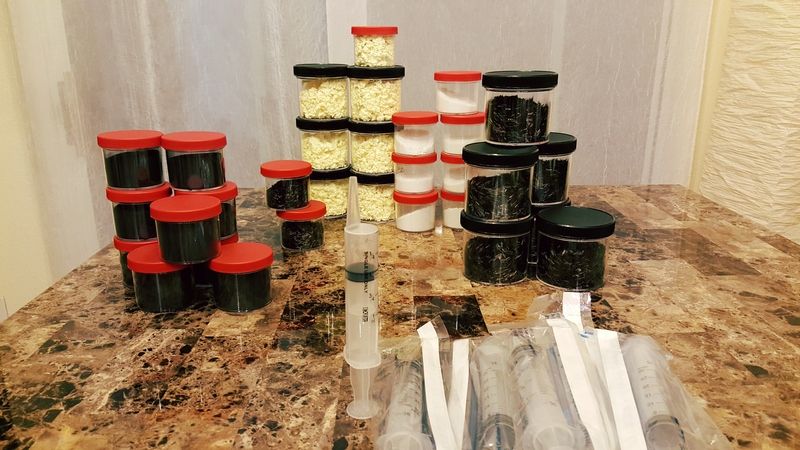
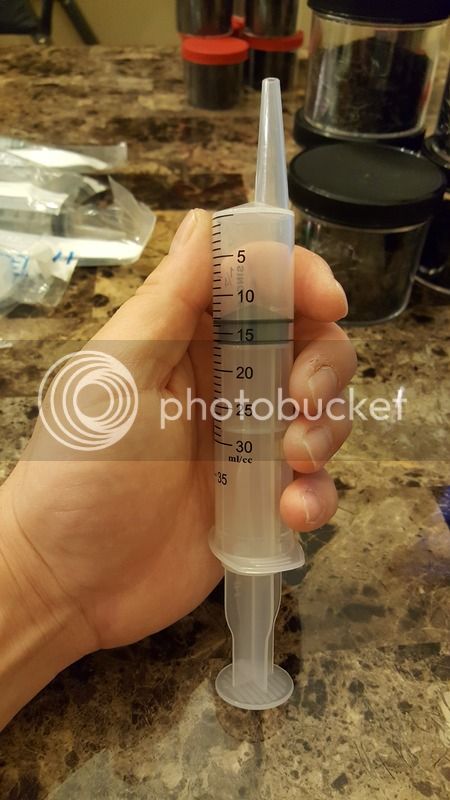
CF plate is wonderful stuff but very costly. We have gotten ours from a company called Protech Composites out of Vancouver, Washington.
https://www.protechcomposites.com/carbon-fiber-plates/
"Dragonplate" is another major retailer.
https://dragonplate.com/mobile/
I'm sure that if you can produce a quality product for a reasonable price it will sell.
Enter your email address to join: